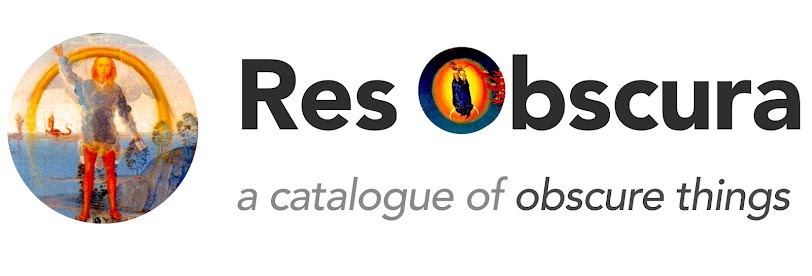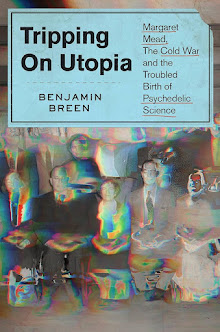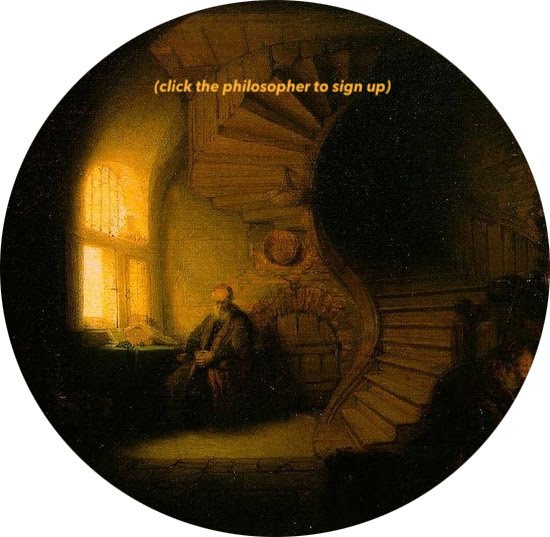 |
| Eli Lilly Amphedroxyn (methamphetamine) advertisement, 1951. New York State Journal of Medicine, Vol. 51, No. 1. (Via the Bonkers Institute). |
 |
| Portuguese physician João Curvo Semedo, 1707, sporting the extravagant locks typical of his era. Image via the Biblioteca Nacional de Portugal. |
In the Parisian Court, and in many other parts of the world, there are those who knowing some singular remedy, affix papers at the most traficked roads, proclaiming to all who live in these areas that they have a panacea useful for all illnesses. These fellows distribute their papers to people they encounter in the street, so that all may know where to go to find such a remedy.
Such men gain such profit from this that they desire to do the same in Portugal, and give notice of secret medicines... However I have long suppressed my wish to follow suit, knowing that these days there is no labor that escapes the malice of others. Now however, the criticisms that have been made about my aim are not able to ignite the fire of choler in my heart, because my anger has been reduced to little more than ashes. Thus I resolve to speak of the medicines which I myself possess.The ensuing list of what Semedo called "the Remedies that I prepare in my house" included his eponymous preparation "Bezoartico Curviano," an "Agua Lusitana" (Portuguese water), and a "powder which cures the involuntary flux of semen."
Similar advertisements for specially prepared drug formulations began to appear in medical texts throughout Europe in the late seventeenth century. Readers of English language newspapers in the era of Newton and Locke, for instance, began to encounter notices such as the following, from the newspaper Domestick Intelligence or News both from City and Country (12 Sept 1679, originally plucked out of obscurity by Carolyn Rance at the Quack Doctor):
This sort of thing might not quite have the same form or content as the 1950s advertisement for methamphetamine that begins this post, but it was the beginning of a long tradition that wed drug marketing with global capitalism and print culture. The fruits of this alliance are very much still with us -- whenever you see an advertisement for Lipitor or Adderall in a magazine or on a billboard, or your physician offers you a free sample of a drug given to him by a pharmaceutical sales rep, you're unwittingly taking part in a tradition that dates back to the first era of entrepreneurial drug merchants in the second half of the seventeenth century. Indeed, pharmaceutical giant Merck dates its founding to an apothecary named Friedrick Jacob Merck who opened his drug shop in precisely this early modern era of global commercial expansion and medical experimentation -- 1668, to be precise.
The following advertisements bring the story forward to the nineteenth and twentieth centuries. Some of the things here -- like the popularity of cocaine as an energy tonic and ingredient in Coca-Cola around the turn of the twentieth century -- will probably be familiar. Others, like the fact that methamphetamine (under the trade name Desoxyn) is still approved by the FDA as a weight loss drug, might be less well known. Most of the images below were collected by Ben Hansen of the Bonkers Institute, and I direct interested readers to his unusual and rather fascinating site for more where these came from.
Following the public praise of opium preparations by the leading physician of the late seventeenth century, Thomas Sydenham, opium and laudanum became the celebrated "wonder drug" of eighteenth century medicine. George Wolfgang Wedel's Opiologia (First edition 1682) featured an engraving of a Turkish man harvesting poppy pods on its title page, offering a hint of the entanglement between the drug and the eighteenth century interest in exotic locales and distant cultures. This would later play a role in the Romantic-era fascination with laudanum as well.
The Victorians made opium-based remedies into a global industry. This 1885 ad (originally sourced from the Quack Doctor blog) championed Mrs. Winslow's Soothing Syrup, a morphine-based preparation for infants. This particular preparation was first formulated in the 1840s, during the apex of British imperial power.
"The exact ingredients of Wolcott's Instant Pain Annihilator (c. 1863) are unknown. But ethyl alcohol and opium figured prominently in the mix."
Many late-19th century drugs of this type failed to specify their active ingredients. Boasts of curing "nervous fatigue" or, as this label for "Brain Salt" puts it, "Over Brainwork," often pointed to the inclusion of a sedative or opiate, but consumers were largely unaware of what precisely they were imbibing. A parallel with the present-day gray market of internet-bought research chemicals might be made.
As is well known, Coca-Cola originally began its life as a medicinal tonic that boasted the stimulating alkaloids found in both cocaine and the cola nut. Early advertising, such as this ad from the late 1880s, marketed the drink as a health tonic that relieved exhaustion and nervous strain - as it surely did. Interestingly, the note at left shows how it was also marketed as a "temperance drink." Cocaine had not yet gained infamy as an illicit drug at this point. Indeed, it was being championed by Sigmund Freud in precisely the same period.
 |
| Benzedrine advertisements, 1943 & 1944. Journal of the American Medical Association, Vol. 123, No. 10; Vol. 124, No. 12. |
With the marketing of Benzedrine (amphetamine) as a bronchodilator starting in 1928, amphetamines became widely popular among drug consumers, especially World War II pilots and others who needed to stay awake for long periods.
It wasn't long before the euphoric properties of Benzedrine inhalers became well known, and even commemorated in popular music. "Who Put the Ovaltine in Mrs. Murphy's Ovaltine?" was the memorable title of a 1944 hit single released by Harry "the Hipster" Gibson:
Drug advertisements in the 1950s and 1960s increasingly began to cater to women, particularly housewives. However, in true 1950s fashion, the ads seem to be targeting the husbands of housewives rather than the women themselves. This advertisement for Mornidine is from the Canadian Medical Association Journal, 1959, Vol. 81, No. 1, p. 59.
"Adorable then... deplorable now" was the remarkably judgmental tagline of the new weight-loss drug Ambar - a mixture of methamphetamine and phenorbarbital, shown here in a 1964 advertisement in the Journal of the American Medical Association (Vol. 1, No. 5385).
Predictably, drug advertising became more "feel-good" and consumer-focused in the 1970s. This 1971 ad for Quaaludes (Methaqualone) bears a basic resemblance to contemporary drug advertising with its glossy portrayal of a happy family scene and its side effects relegated to a small-print facing page. In an interesting side note, the history of Quaaludes offers a glimpse of how the pharmaceutical business, and global capitalism in general, was changing in the twentieth century. Like methamphetamine, which was synthesized by the Japanese chemist Nagai Nagayoshi in 1893, Methaqualone was invented in the non-Western world: it was synthesized in India by Indra Kishore Kacker and Syed Hussain Zaheer in 1951.
One common theme of these drug advertisements is the manner in which they use branding, particularly naming practices, to differentiate what is actually a surprisingly small core group of consumer drugs. Adderall, for instance, is simply a trade name for a mixture of amphetamine salts - of which one quarter is d,l racemic amphetamine, i.e. our old friend Benzedrine. This is a story that goes back to the era of João Curvo Semedo, William Salmon and Thomas Sydenham. Rather than marketing one's "remedio secreto" as nothing more than a tincture of opium in wine, early modern drug sellers seized on the idea of selling these preparations under catchy names -- "Sydenham's Drops," for instance -- and obscuring their source ingredients. This marked, arguably, the beginning of the massive pharmaceutical branding industry.
Those wishing to find more vintage drug advertisements merely need to type that phrase into Google in order to find a true treasure trove of images (although many are sadly lacking identifying info). Two particular riches sources can be found here and here. (For the culture of contemporary drugs more generally, I've also been enjoying Hamilton Morris's Hamilton's Pharmacopeia series). The history of drug advertising in the pre-modern world is much more lacking in documentation and analysis. One approach can be found in this interesting paper on "Exotic drugs and English medicine" by Patrick Wallis of the London School of Economics, which is available online.


.png)












6 comments:
That's an interesting fact you raised about the soothing strum in the Victorian times. That picture with the mother using it for her child blends in greatly too.
i meant to say soothing syrup..
Typo: "Who Put the *benzedrine* in Mrs. Murphy's Ovaltine?"
A line in the song "That Great Come and Get It Day" in the show "Finian's Rainbow" is:
"Come and get your beer and your benzadine"
Post a Comment